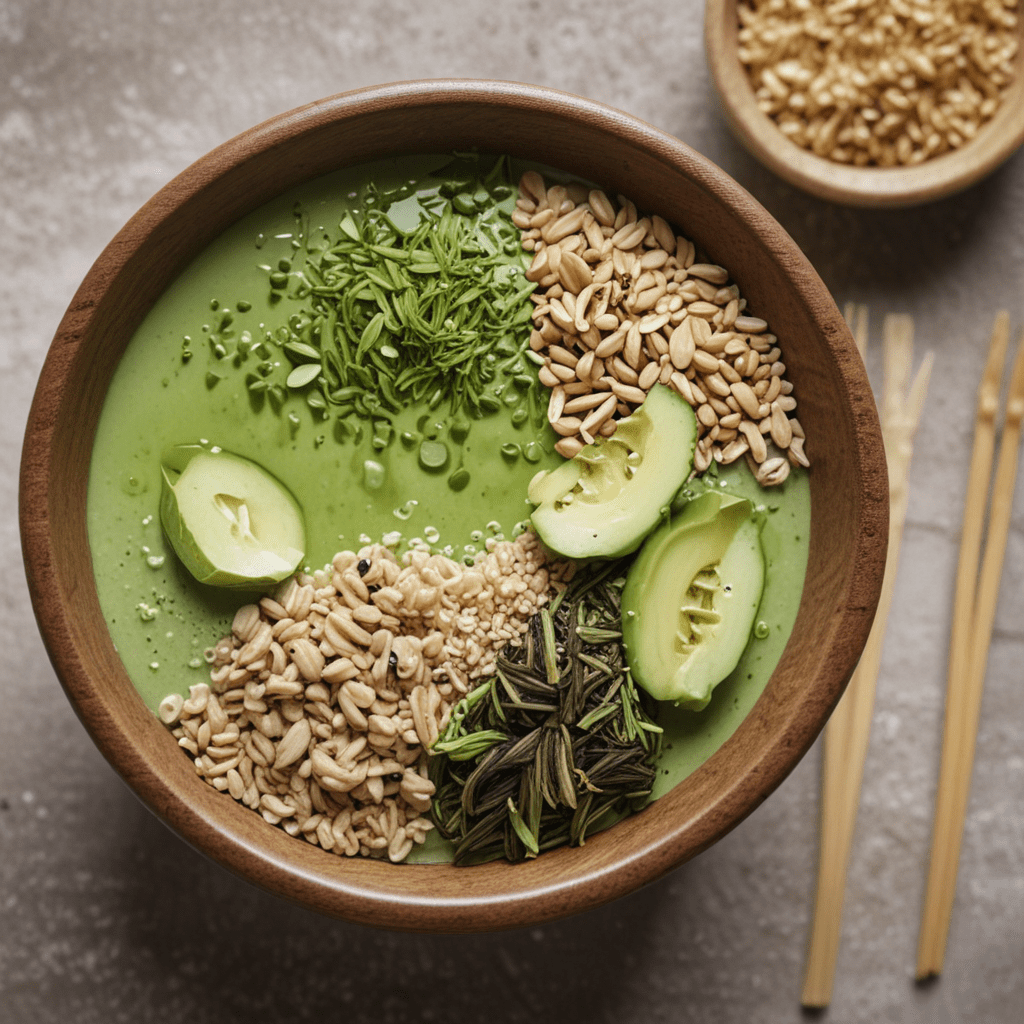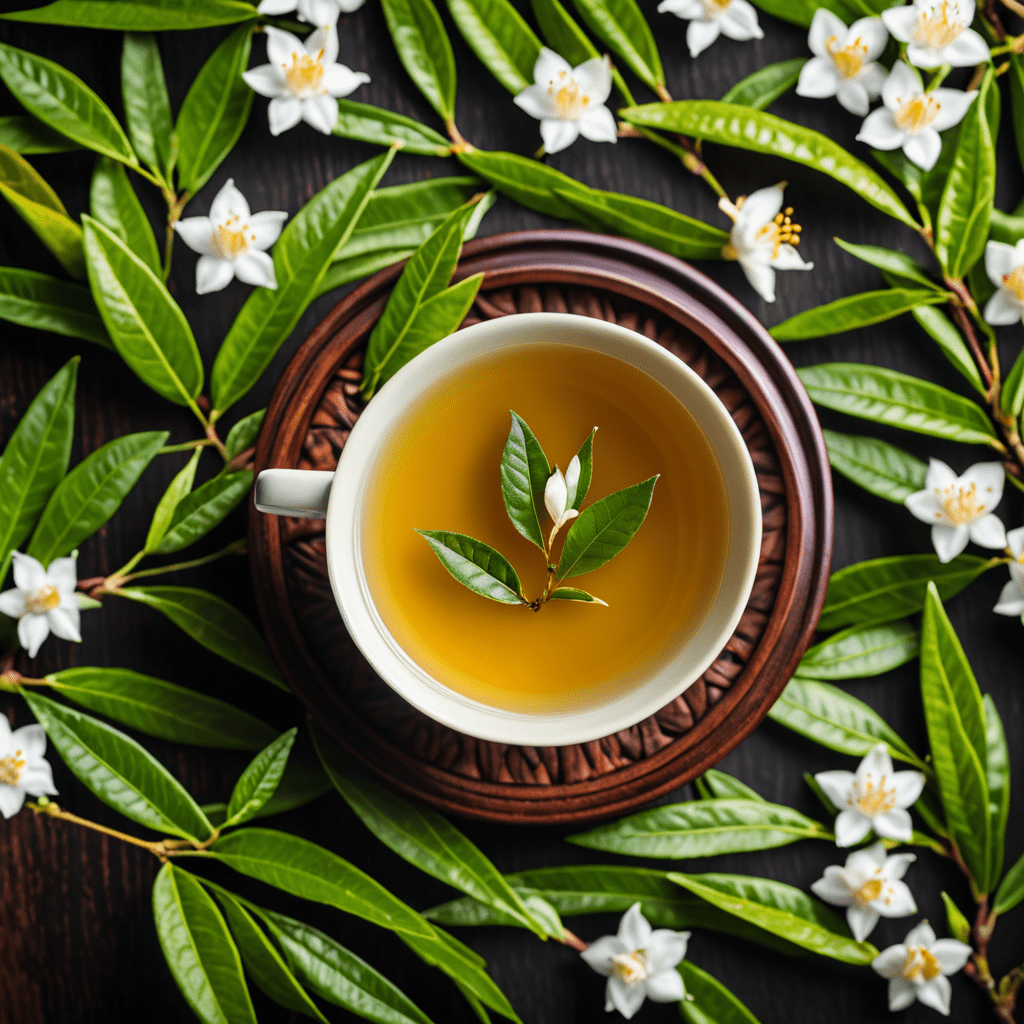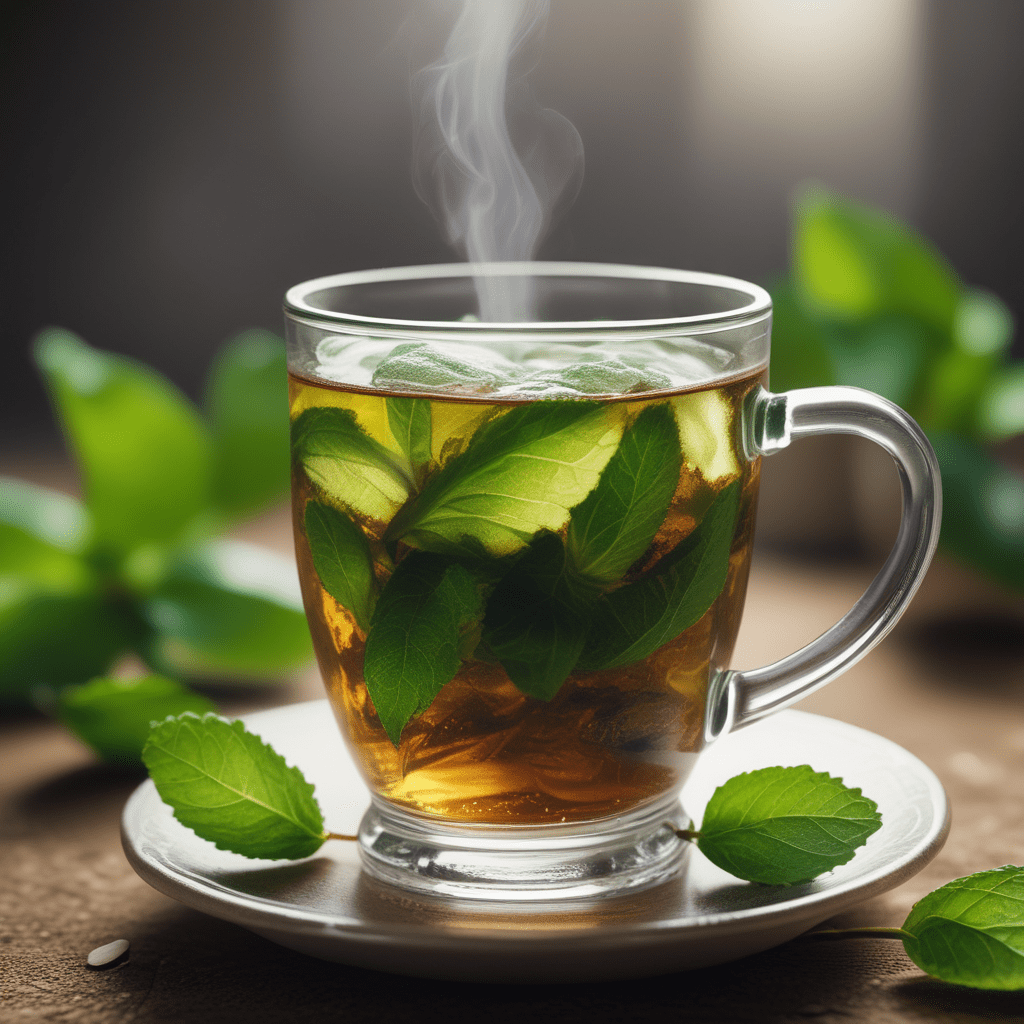The Art of Blending: Crafting Unique Ceylon Tea Blends
Introduction: The Allure of Ceylon Tea Blending
The world of tea blending is a captivating art form, where flavors dance and harmonize to create captivating experiences. Ceylon tea, renowned for its rich heritage and diverse profiles, stands as a testament to this delicate craft. Blending Ceylon teas is not merely a technical process but an exploration of flavors, textures, and aromas, guided by tradition and innovation.
Understanding the Symphony of Flavors: Ceylon Tea's Diverse Profiles
Ceylon tea encompasses a wide spectrum of flavors, ranging from the delicate subtlety of Nuwara Eliya to the robust boldness of Dimbula. Each region, influenced by altitude, rainfall, and soil composition, imparts unique characteristics to its teas. Understanding these nuances is essential for the blender, who must navigate this symphony of flavors to create harmonious blends.
The Art of Combining: Selecting and Pairing Complements
Blending Ceylon teas is akin to composing a symphony, where each leaf plays a distinct note. The blender's artistry lies in selecting and pairing complementary flavors that enhance and balance one another. Floral notes of Uva teas can be paired with the spicy zest of Dimbula, while the malty richness of Ruhuna harmonizes with the citrusy brightness of Uda Pussellawa.
The Importance of Balance: Achieving Harmony in the Blend
Striking a balance between diverse flavors is paramount in tea blending. The blender must ensure that no single component overwhelms the blend, yet each contributes its unique character. It is a delicate dance, where flavors intertwine and complement each other, creating a harmonious symphony that delights the palate.
The Blenders' Secrets: Techniques for Seamless Integration
Master blenders possess a deep understanding of tea characteristics and employ various techniques to achieve seamless integration. From careful leaf selection to precise blending ratios, each step contributes to the final masterpiece. One secret lies in the use of "base teas," which provide a foundation and cohesion to the blend, while other teas add complexity and nuance.
Exploring the World's Palates: Cultural Influences on Blending
Ceylon tea blending is influenced by a myriad of cultural traditions and preferences. In the United Kingdom, the classic Earl Grey blend marries Ceylon tea with the vibrant citrus notes of bergamot oil. In the Middle East, tea is often blended with aromatic spices like cardamom, saffron, and ginger, reflecting the region's culinary heritage. Understanding these diverse palettes enables blenders to cater to the tastes of global tea enthusiasts.
The Craft of Presentation: Packaging and Marketing Blends
Packaging plays a vital role in the marketing of Ceylon tea blends. From elegant tins to vibrant tea bags, the design of the packaging conveys the blend's character and appeals to consumers' aesthetic sensibilities. Marketing efforts showcase the unique flavor profiles and origins of the teas, inviting consumers to experience the art of tea blending.
The Science and Sensory Evaluation: Ensuring Quality and Consistency
Blending Ceylon teas is both an art and a science. Blenders rely on sensory evaluation to assess the quality and consistency of their creations. This involves meticulous tasting to ensure that the blend meets the desired flavor profile. Quality control measures include rigorous testing and certification, guaranteeing the integrity and purity of Ceylon tea blends.
Blending as an Expression: Signature Creations and Innovation
Beyond traditional blends, master blenders push the boundaries of creativity, producing signature creations that redefine the boundaries of taste. Experimentation with unusual ingredients, such as fruits, herbs, and spices, leads to innovative blends that cater to discerning palates and set new trends in the world of tea.
The Legacy of Ceylon Tea Blending: A Tradition of Excellence
The art of Ceylon tea blending has been passed down through generations, preserving a legacy of excellence. From colonial origins to the present day, Ceylon tea blenders have consistently produced blends that captivate taste buds and inspire generations. Their unwavering commitment to quality and innovation ensures that the tradition of Ceylon tea blending will continue to thrive and delight tea lovers for many years to come.
FAQ
- What is the difference between a blend and a pure tea?
Blends combine multiple teas to create unique flavor profiles, while pure teas are derived from a single origin and tea variety. - How do I choose the right tea blend for my taste?
Explore different blends based on their flavor profiles and origins. Read online reviews, talk to tea experts, and experiment to discover what you prefer. - How do I properly store tea blends?
Store tea blends in airtight containers in a cool, dry, and dark place to preserve their freshness and aroma.


